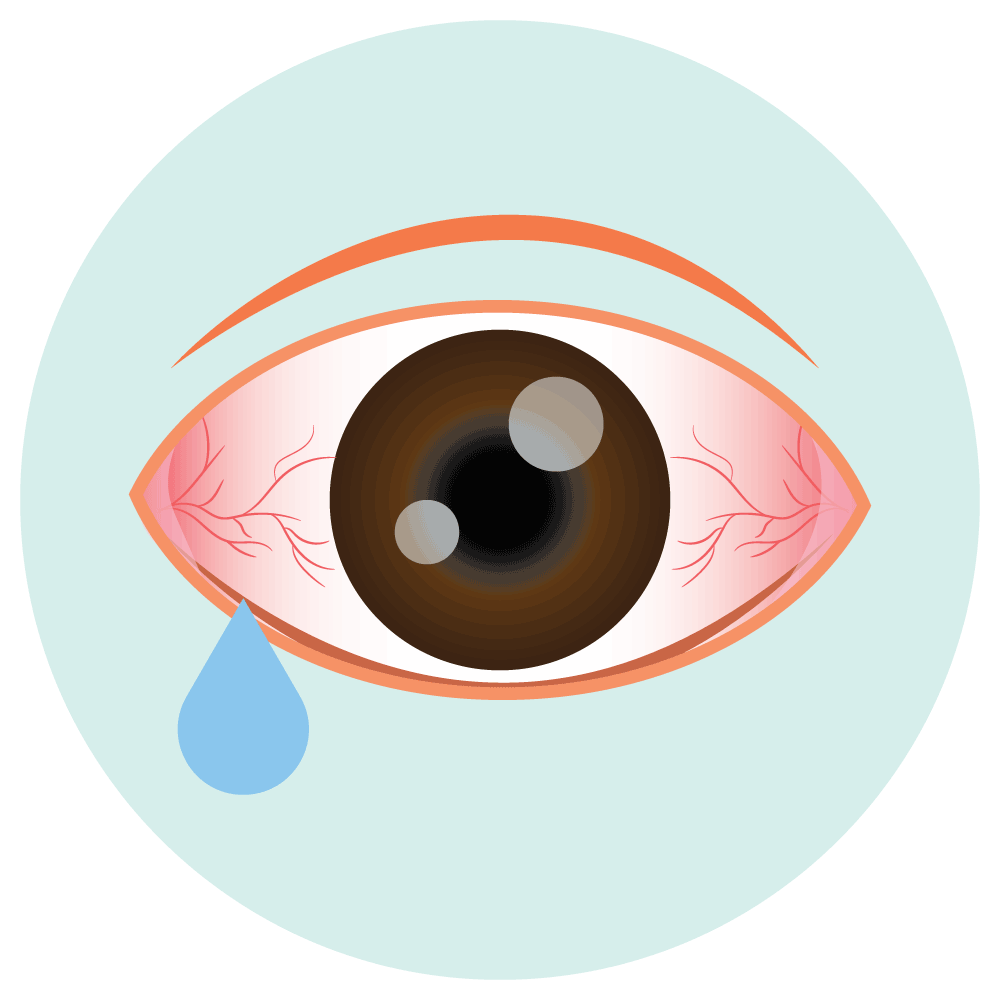| Name | Excessive Tearing |

Excessive Tearing
Tears are a normal process of the biological system that helps to keep the eyes healthy. But without normal crying, excessive tearful eyes or excess water coming out of the eyes can be a sign of some disease. The gland secrating tears is called Lacrimal Gland, which is located above the outer layer of the eye. Tears are made up of water, oil and antibodies. Moisture from the tears protects the outer part of the eye and the cornea from drying out and swelling, which ultimately protects the eye from keratitis and corneal ulcers.
Water from the eyes is excreted through the lacrimal ducts through the nose. If for any reason, the lacrimal duct is blocked or obstructed, the tears may not be well-drained and excess tears may fall from the eyes. We often think that this is the result of crying but it is not. Tear ducts can be blocked by infection or inflammation. Tear duct blockage can also be caused by sarcoidosis, lymphoma, IgG related diseases as well as trauma and radiation therapy. The outer membrane of the eye is called Conjunctiva. Any irritation to the cornea or conjunctiva can also cause tears.
The following symptoms may appear with excessive tears such as
- Eye pain
- Inflammation of the eye or eye infection
- Cold
- Visual impairment
- Allergies
- Sneezing
- Swelling of the eyes, and
- Redness of the eyes
Antibiotics may be needed on the advice of a doctor for eye infections.
 Bangla
Bangla English
English